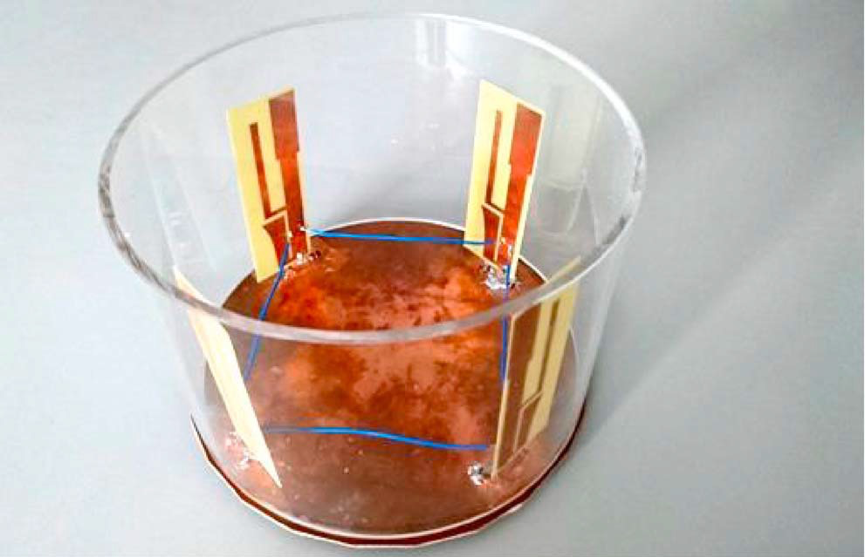Quad-Element MIMO Antennas with Isolation Enhancement for LTE Femtocell Base Stations

| Name | Year |
| Huang-Cheng Zhou | 2016 |
| Keywords | |
| base stations, long-term evolution, multiple-input-multiple-output, neutralization lines |
This thesis proposes two multiple-input-multiple-output (MIMO) antennas for femtocell long-term-evolution (LTE) base stations; one antenna aims at LTE lower frequency bands (698-960 MHz), and the other focuses on meeting the full LTE specification (698-960 MHz and 1710-2690 MHz). While most of the literature on LTE base station antennas concerns only the upper frequency bands (1710−2690 MHz), the first antenna not only focuses on the wideband performance enhancement of LTE700/850/900 (698−960 MHz), but it also employs four-unit antenna elements, which are the maximum number to date for compact base stations aiming at LTE700/850/900. A pentagonal conductor wall is established on the ground plane; accordingly, not only does isolation improve, but the electromagnetic interference (EMI) between the antenna and other electronic components is reduced. Although the design space exhibits a highly truncated ground plane, we design a top-loading meandered monopole with dual sleeves attached to each side of the radiating body, optimizing the characteristics of impedance bandwidth and radiation efficiency concurrently. The experimental results show that the impedance characteristics, radiation performances, and signal correlation are highly desired for femtocell base stations.
The second antenna meets the full LTE specification, yet it uses the maximum number of unit elements to increase channel capacity. The antenna configuration is optimized for good impedance matching and high radiation efficiency. In particular, as the spacing between unit elements is so small that severe mutual coupling occurs, we propose a simple structure with extremely low costs to enhance the isolation. By using suspended solid wires interconnecting the position having strong coupled current of two adjacent elements, an isolation enhancement of 37 dB is achieved. Although solid wires inherently aim at direct-current applications, this work successfully employs such a low-cost technique to microwave antenna development. Experimental results have validated the design guidelines and the proposed configuration, showing that antenna performances including impedance matching, isolation, radiation features, signal correlation, and channel capacity gain are highly desired for LTE small-cell base stations.
 Publications
Publications
- Y.-S. Chen and H.-C. Zhou, “An isolation-enhanced quad-element antenna using suspended solid wires for LTE small-cell base stations,” Radio Sci., vol. 52, no. 5, pp. 663–676, May 2017.
- H.-C. Zhou and Y.-S. Chen, “A quad-element LTE MIMO antenna on a finite ground plane for femtocell base stations,” J. Electromagn. Waves Appl., vol. 30, no. 4, pp. 431–443, 2016.





